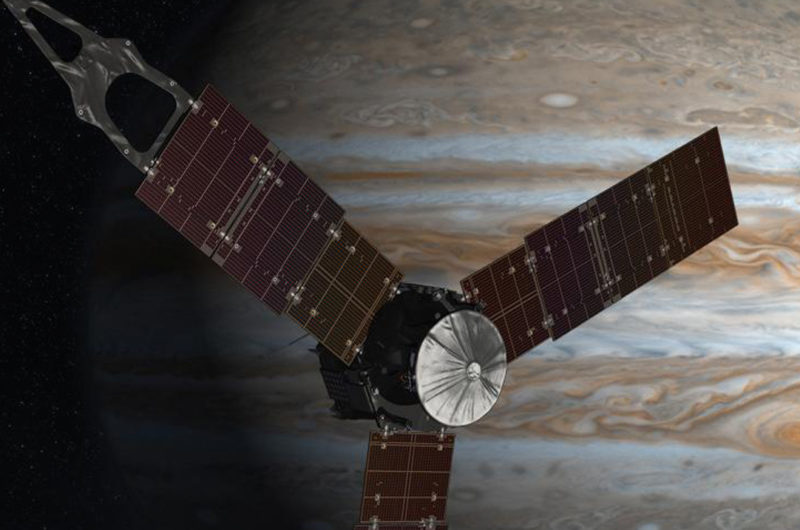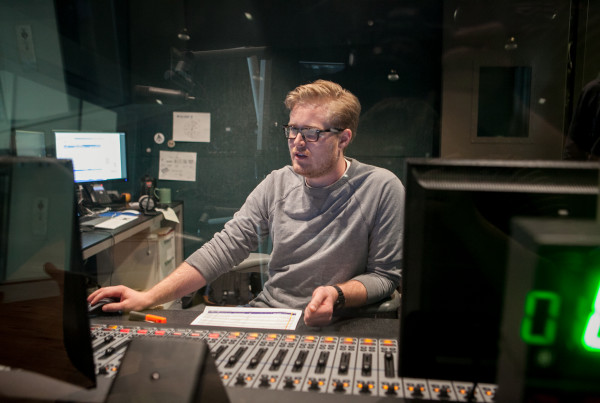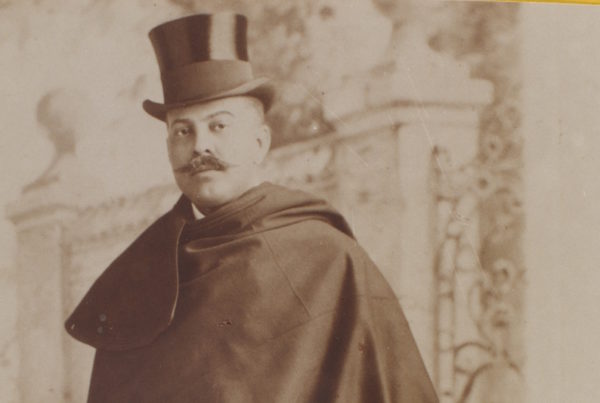Monday night, NASA’s JUNO mission successfully entered Jupiter’s orbit five years and hundreds of millions of dollars after it first launched. Phil Valek is a principal scientist at Southwest Research Institute, which was tasked with developing one of the key instruments on board the spacecraft.
Valek, the lead on the JADE instrument, spoke to us from NASA’s Jet Propulsion Laboratory in Pasadena, California. He says fireworks were set off when JUNO went into orbit.
“(The launch) was a really risky maneuver, and it came off like clockwork,” he says.
Engine burn complete and orbit obtained. I’m ready to unlock all your secrets, #Jupiter. Deal with it.
— NASA’s Juno Mission (@NASAJuno) July 5, 2016
Valek says the spacecraft is now in Jupiter’s orbit and will begin one of two 53-day “capture orbits” where the craft will take photographs and ensure all its functions work properly. Following those are 14-day “science orbits” where the JADE tool measures ions and electrons in the magnetosphere that move close to the speed of light. Though Earth has a similar ring of energetic particles and radiation belts, he says Jupiter’s is riskier and more intense.
“We have a pretty good picture of how the auroras work at Earth,” he says. “It’s inevitable we’re going to find some differences there, and so once we understand those differences and we can compare them to Earth, we can actually help understand Earth’s magnetosphere better.”
Listen to the full interview in the audio player above.
Post by Alex Daily.















